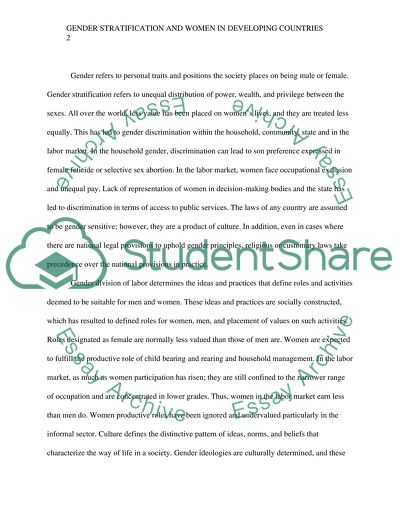Cite this document
(“Gender Stratification and Women in Developing Countries Essay”, n.d.)
Retrieved from https://studentshare.org/sociology/1445602-suggested-social-problems-and-social-groups
Retrieved from https://studentshare.org/sociology/1445602-suggested-social-problems-and-social-groups
(Gender Stratification and Women in Developing Countries Essay)
https://studentshare.org/sociology/1445602-suggested-social-problems-and-social-groups.
https://studentshare.org/sociology/1445602-suggested-social-problems-and-social-groups.
“Gender Stratification and Women in Developing Countries Essay”, n.d. https://studentshare.org/sociology/1445602-suggested-social-problems-and-social-groups.


